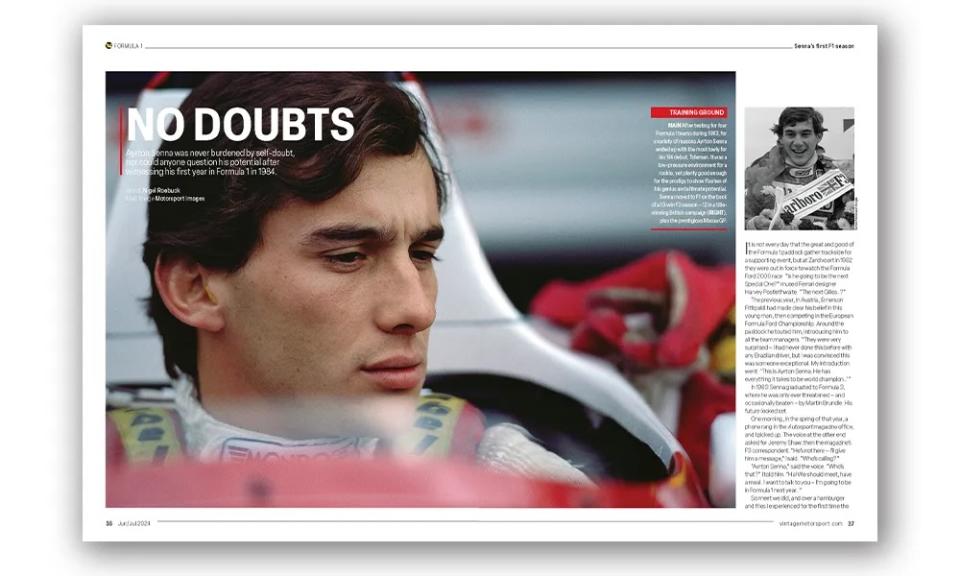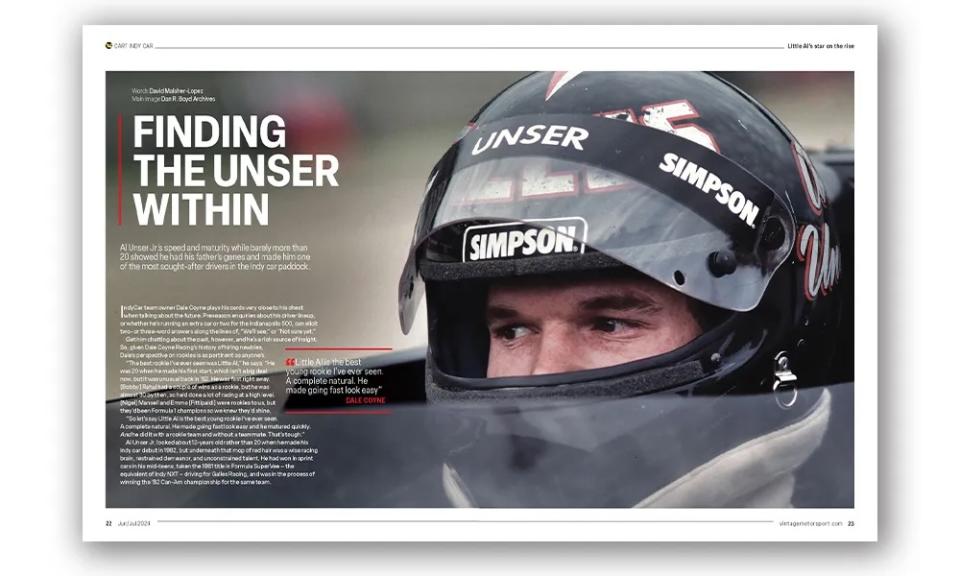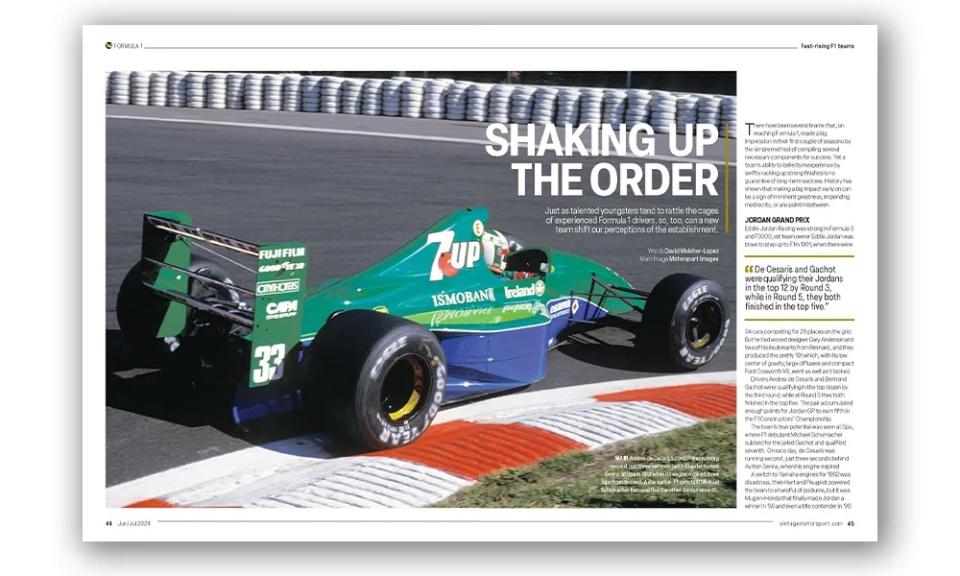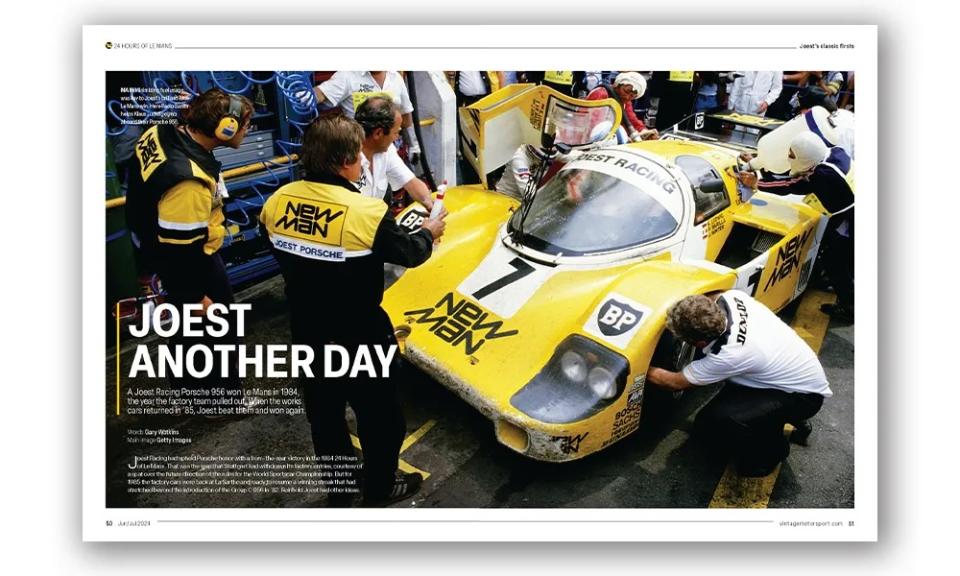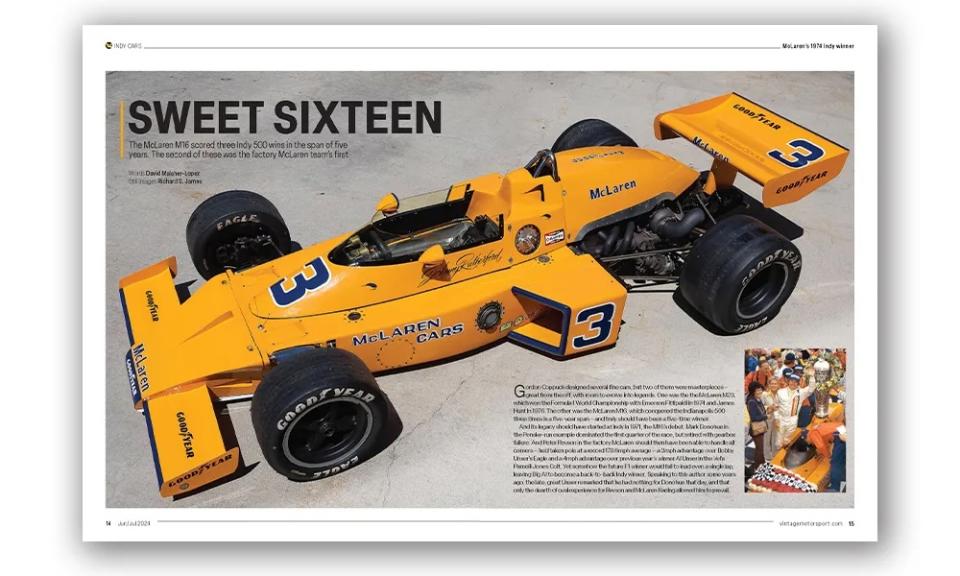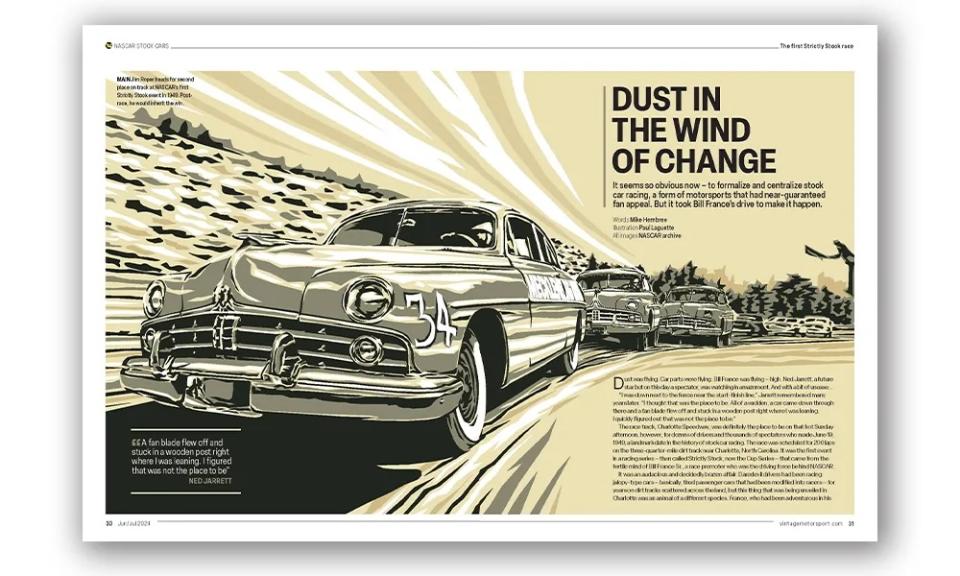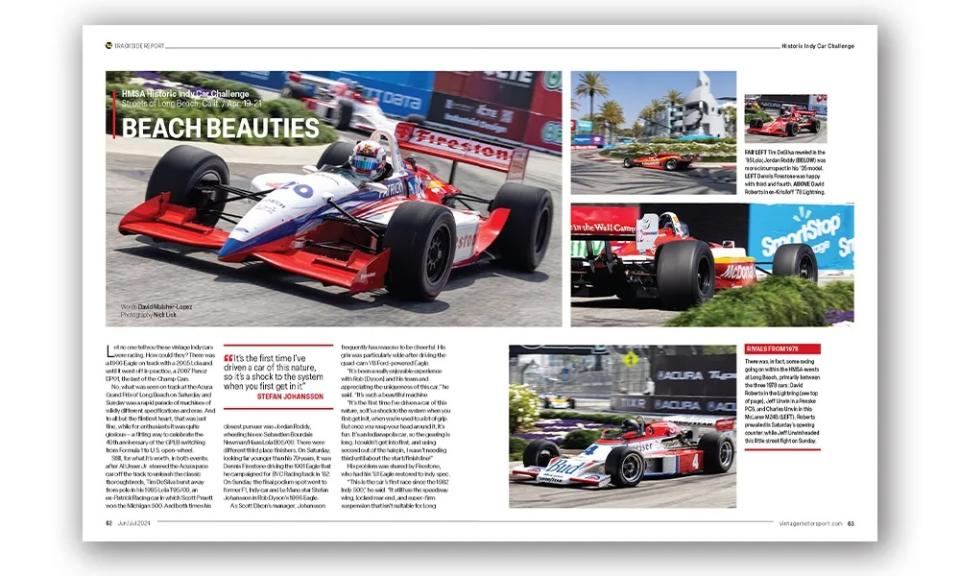New issue of Vintage Motorsport celebrates the young and gifted
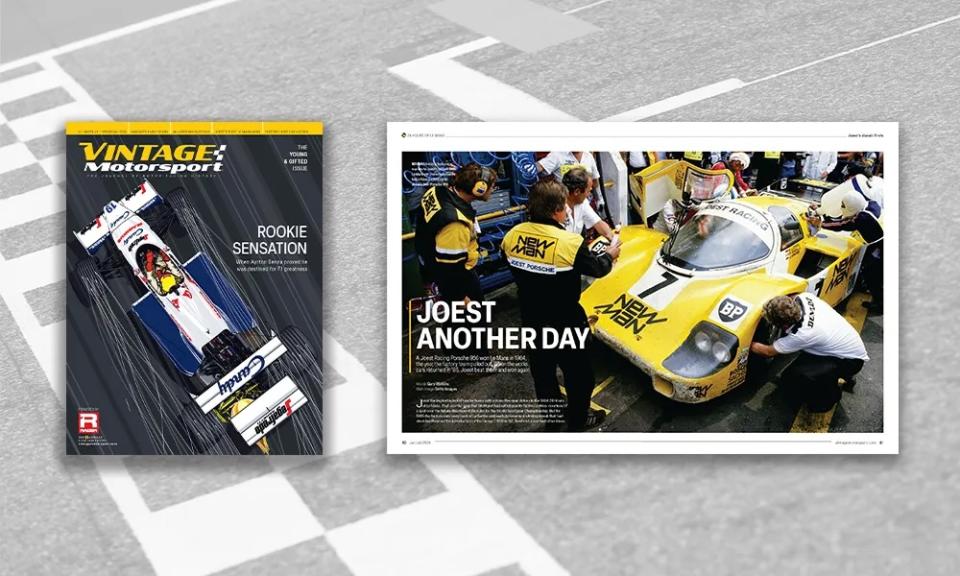
The list of drivers who looked exceptional in junior formulas and then wavered when they reached the top is a long one.
Some get there and swiftly plateau, because they’re used to relying purely on driving talent and lack the industriousness for self-improvement. Others stay too long in backmarker or mid-grid teams and grow stale, so that when they get their big break in a frontrunning team, they’re unable to maximize their improved circumstances. And there are still more who for other reasons somehow never escape the ranks of the mediocre teams and who instead make names for themselves as permanent underdogs.
Those career trajectories were never going to be an option for Ayrton Senna – his determination was too great and his expectations of himself too immense, to ever allow any scrap of potential to go unfulfilled. So it was fascinating, in this issue of Vintage Motorsport, to relive the 1984 Formula 1 season through the eyes of a close observer of Senna and appreciate again how swiftly he made his mark and became a must-have driver. On the 30th anniversary of Ayrton’s death and 40th anniversary of his Grand Prix debut, we elected to celebrate one of the finest rookie seasons in F1 history.
Senna’s equivalent on this side of the Atlantic, at least in terms of being too good to ignore, was his contemporary, Al Unser Jr. He, too, had been a champion in lower categories, and so was ready – more ready than he realized at the time, as our story in this issue reveals – to make a big impression in an Indy car from the moment he took his first green flag.
CART had swiftly evolved from an oval-heavy championship to where the oval to road/street course ratio was 50:50 by ’84. Proving superb at all types of tracks, 20-something Little Al became the poster child of the series, and his arrival heralded the start of a new wave of diverse talent and sped up the retirement plans of the oval specialists.
Teams, too, can make big first impressions, but in compiling a list of such squads in Formula 1 for another of our feature stories, it was remarkable to note how few actually fed off that momentum and/or had staying power. In other words, an early spell of rattling the cages of the establishment was no guarantee they would join it.
The contrast is Joest Racing, whose first two Le Mans wins we have highlighted in this issue. Reinhold Joest’s squad rapidly became the gold standard for privateers in sports car racing, and held that position for so long that he eventually earned the opportunity to run factory teams – and again excelled.
A car that made a huge first impression is the subject of a photoshoot in this issue, as we tell the tale of the 1974 Indianapolis 500 through the eyes of Johnny Rutherford. That car is, of course, the Gordon Coppuck-penned McLaren M16 which made its debut at Indy in ’71 and caused a major stir, Peter Revson taking pole in a factory entry and Mark Donohue leading the first quarter of the race in a Penske-entered version until suffering a gearbox failure. Donohue would win a couple races soon afterward and capture the 500 in ’72.
Yet it is Rutherford, who joined McLaren Racing at the start of ’73, who’s inextricably linked with the M16. And thanks to Zak Brown and McLaren Heritage, we were lucky enough to get our lenses on chassis No. 5, the very car in which “Lone Star JR” took pole at Indy in ’73 (in C form) and won the race (in C/D spec) in ’74.
As you’ll see from the images, Rory Clements (build manager), Ryan Hogarth and Ben Dunmore (both senior build technicians) can be proud of their skills – but we were equally appreciative of their patience, as they spent two hours maneuvering the car for us.
With a story on NASCAR’s roots, reports from Long Beach’s Historic Indy Car Challenge and the 81st Goodwood Members’ Meeting, as well as a “My Favorite Race” from Eddie Cheever (and no, it’s not the race you’re expecting), we think this latest issue of Vintage Motorsport is a compelling read, from front to back.
The June/July 2024 issue of Vintage Motorsport is now mailing to subscribers and is already available to read in digital format. We hope you enjoy it. And if you’re not a subscriber, you can go to VintageMotorsport.com/Subscribe or call (877) 425-4103. Single copies can be purchased at our online store HERE. Vintage Motorsport magazine is also available at Barnes & Noble bookstores nationwide.

 Yahoo Autos
Yahoo Autos 